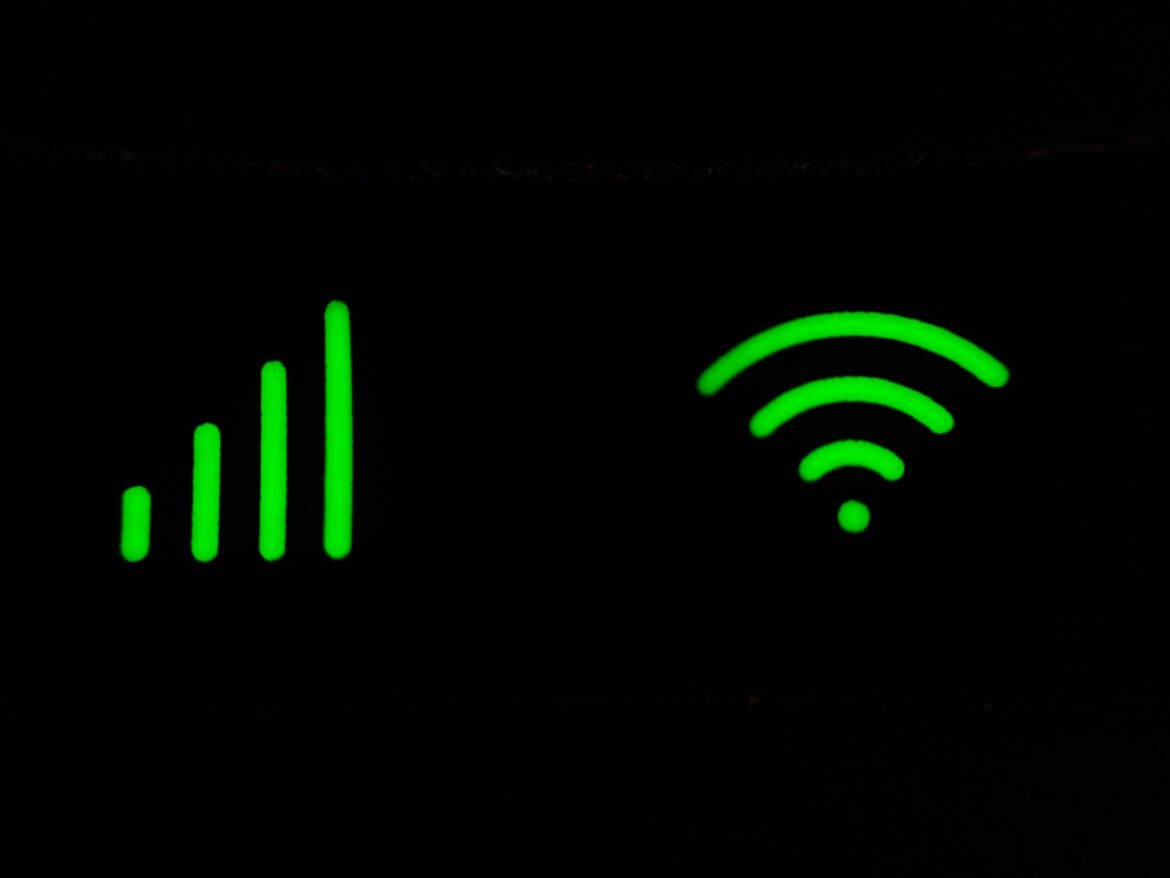Networks are the backbone of anything that gets done online. With a good internet connection, users can avoid the hassle of buffering, call drops, video freezes, etc. That being said, most networks are overloaded due extensive cloud applications, excessive smartphones, and IoT devices. Overloading often results in degraded signals and sometimes complete signal loss–not something to take lightly if you’re a remote worker or serious gamer! Thankfully, the simple solution of upgrading from a single router to a mesh wifi network, can solve this issue. Read on to learn more about mesh networks, how they work, and what’s entailed in setting one up.
No Single Point of Failure
Mesh Wi-Fi network delivers multiple online connection nodes. With mesh Wi-Fi, when one of the internet connection nodes goes down or loses signal, the other mesh nodes will pick up the drop-off and keep the users connected. Hence, the problem with a single point of failure associated with a single router setup is eliminated. As long as an internet connection gets delivered from the modem, one can stay connected and online even when nodes drop, repair, and get rebooted.
Increase Network Reach
One of the most highlighting features of mesh networks is that they can be easily expanded at an affordable price. When one needs to use Wi-Fi at the farthest corner of an office or home, an additional node to the mesh wifi network can be included and connected with others. Every node included is equipped with a specific signal reach limit. Thus, one can easily eliminate dead spots or weak zones concerning Wi-Fi. In addition, a user can also expand the mesh Wi-Fi network into outdoor locations via nodes designed especially for outdoor or external utility.
More Efficient Multiple Device Management
With a mesh Wi-Fi network, all the devices are not connected to the same router. Hence, one can expect better multiple-device management, ensuring every device receives the required bandwidth they demand and need. For instance, if one mesh Wi-Fi node is getting overloaded, the network automatically switches the device to another node that is not overloaded. All such functions can be executed seamlessly without the users experiencing any drop or loss of connections. Henceforth, mesh Wi-Fi networks are often conceived better than broadband or fiber connections.
User-Friendly and Self-Configuring
The mesh wifi network has been designed to be mobile and stay in uninterrupted contact with each other, the modem, and the devices used. The user-friendly and self-configuring features make the mesh network attractive for home and office use. The best part about a mesh WiFi network is that the nodes can automatically connect to other nodes within the
network. This allows users to adjust and adapt to any potential issues and challenges like one node dropping the signal or going offline.
Lesser Hindrance
When a home or an office is installed with mesh networks, walls and other intrusion areas are no longer a problem. Solid walls and areas of interference are significant challenges for single router signals, but thankfully it is not the case with mesh Wi-Fi networks. Every mesh network node is intertwined with another node within the network. Hence, an extensive web is created, allowing signals to wander freely, irrespective of hindrances and barriers. Because there is less or no interference with signals, users stay connected with a reliable and robust internet connection.
Versatile Placement
Another significant reason for mesh Wi-Fi networks’ increasing popularity is their design. The mesh nodes are designed to be placed anywhere one needs. They are hardly the size of a large coffee mug and are compact enough to be accommodated everywhere inside a home or a workplace. One can easily mount them on the walls, place them over countertops, etc. Depending on needs and demands, the mesh Wi-Fi network nodes can be moved from one position to another without complications.
Conclusion
Whether one demands a more robust and reliable business internet connection or more power to the Wi-Fi network at home, a mesh network can be helpful. The analysis mentioned above clarifies that a mesh wifi network can solve overloaded connection issues and provides a better online productive time. More businesses and homes are shifting to mesh Wi-Fi networks because they seem more effective and productive than broadband and fiber connections.
Related Posts
Hi there! I’m Sethu, your go-to guy for all things tech, travel, internet, movies, and business tips. I love sharing insights and stories that make life more interesting. Let’s explore the world together, one article at a time!











